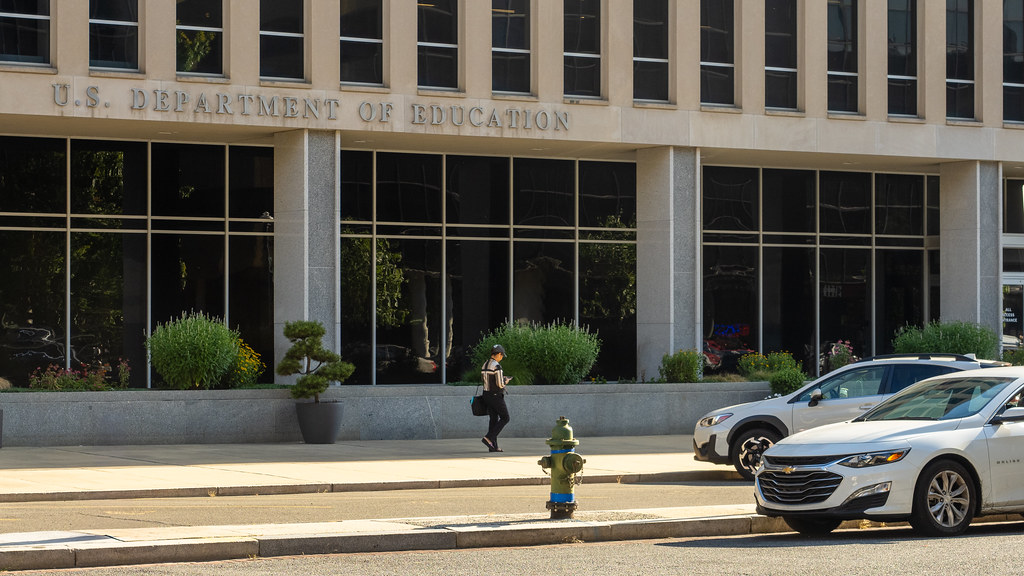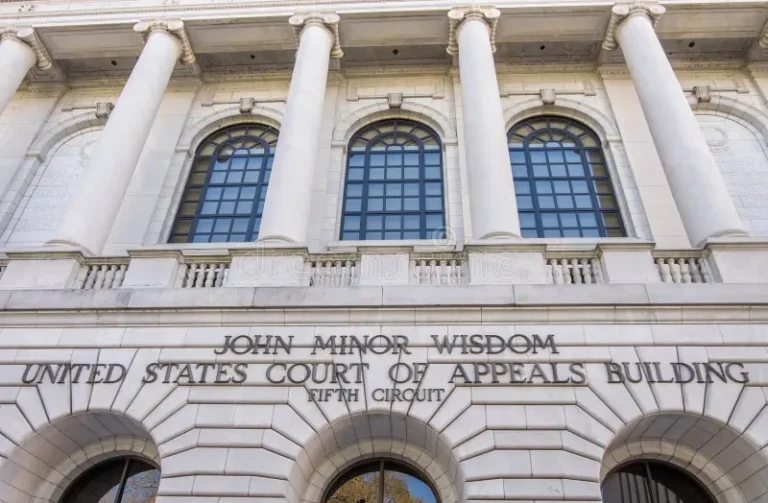
Miriam Li is a student at Harvard Law School and a member of the Labor and Employment Lab.
In today’s news and commentary, the Department of Labor announces new guidance around Occupational Safety and Health Administration penalty and debt collection procedures, a Cornell University graduate student challenges graduate student employee-status under the National Labor Relations Act, and the Supreme Court clears the way for the Trump administration to move forward with a significant staff reduction at the Department of Education.
On Monday, the Department of Labor announced new guidance around Occupational Safety and Health Administration (OSHA) penalty and debt collection procedures. Under the updated policy, employers with 25 or fewer employees can receive a 70% reduction in fines, and companies that immediately address identified workplace hazards are eligible for a 15% reduction in fines. Employers without prior OSHA violations and who haven’t undergone OSHA or state-plan inspections within the last five years are also eligible for a 20% reduction in fines. The changes, effective immediately, apply to all open investigations without yet-issued penalties, but not to penalties issued before July 14. While penalties issued before July 14 will not be eligible for reductions under the new policy, open investigations will be covered.
Meanwhile, a Cornell University graduate student has launched a challenge to the NLRB’s Obama-era Columbia decision, which granted organizing rights to student workers at private universities. Doctoral student Russell Burgett, backed by the anti-union National Right to Work Legal Defense Foundation, filed charges with the NLRB alleging that Cornell’s labor agreement unlawfully requires him to support or join the graduate student union. Central to Burgett’s case is his claim that, contrary to the 2016 Columbia precedent, graduate students are not employees under the National Labor Relations Act. Mark Meinster of United Electrical Workers, the parent union of Cornell Graduate Students United, warned that overturning the precedent would be “incredibly destabilizing,” noting that this effort is “in line with other far-right attacks on higher education.” Notably, this case arrives as the Senate prepares for hearings on Crystal Carey, President Trump’s nominee for NLRB General Counsel. If confirmed, Carey is expected to challenge several pro-union precedents, including the Columbia decision.
Finally, on Monday, the Supreme Court cleared the way for the Trump administration to move forward with a significant reduction in staff at the Department of Education. The administration plans to lay off more than 1,300 employees—approximately half of the department’s workforce—following a March executive order from President Trump, which directed Education Secretary Linda McMahon to begin dismantling the agency. The Education Department, established nearly 50 years ago by Congress, oversees student loan programs, tracks academic performance nationwide, and enforces civil rights protections in schools. In an unsigned emergency order, the Court allowed the layoffs to resume, overturning a lower court’s decision that temporarily blocked the terminations. In a dissent joined by Justices Elena Kagan and Ketanji Brown Jackson, Justice Sonia Sotomayor argued that Trump’s actions represented “unilateral efforts to eliminate a cabinet-level agency established by Congress.” Sotomayor warned that the decision would cause “untold harm,” impeding the department’s ability to protect students from discrimination, sexual assault, and other civil rights violations. Trump called the decision “a Major Victory to Parents and Students across the Country,” while Education Secretary McMahon described the layoffs as necessary to “promote efficiency and accountability,” adding that the move would “return education to the states” and reduce bureaucracy. The Supreme Court’s order is temporary, pending ongoing litigation over the legality of dismantling a federal agency without congressional approval. The legal battle began shortly after Trump’s March executive order, when school districts, the American Federation of Teachers, and 21 Democratic state attorneys general sued, successfully arguing in a lower court that only Congress had the authority to eliminate the department. The case will continue to work its way through the courts, but the layoffs are allowed to proceed in the interim.






Daily News & Commentary
Start your day with our roundup of the latest labor developments. See all
August 29
Trump fires regulator in charge of reviewing railroad mergers; fired Fed Governor sues Trump asserting unlawful termination; and Trump attacks more federal sector unions.
August 28
contested election for UAW at Kentucky battery plant; NLRB down to one member; public approval of unions remains high.
August 27
The U.S. Department of Justice welcomes new hires and forces reassignments in the Civil Rights Division; the Ninth Circuit hears oral arguments in Brown v. Alaska Airlines Inc.; and Amazon violates federal labor law at its air cargo facility in Kentucky.
August 26
Park employees at Yosemite vote to unionize; Philadelphia teachers reach tentative three-year agreement; a new report finds California’s union coverage remains steady even as national union density declines.
August 25
Consequences of SpaceX decision, AI may undermine white-collar overtime exemptions, Sixth Circuit heightens standard for client harassment.
August 24
HHS cancels union contracts, the California Supreme Court rules on minimum wage violations, and jobless claims rise